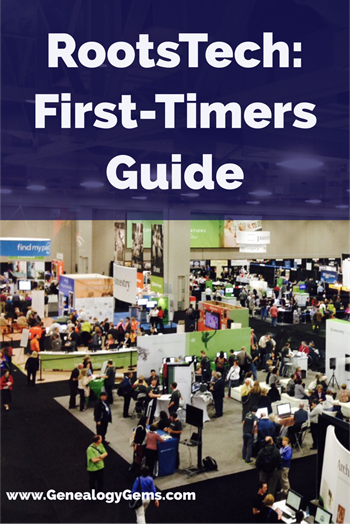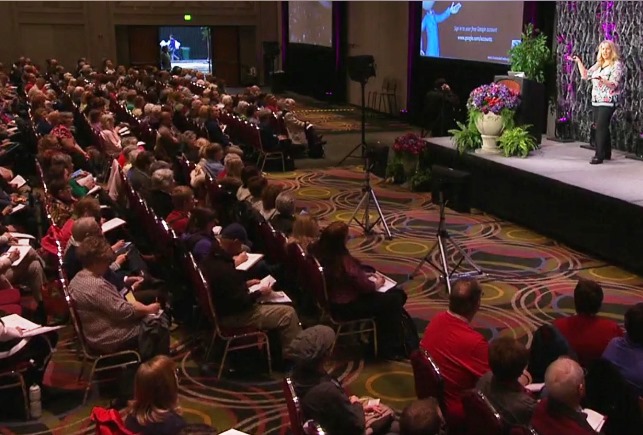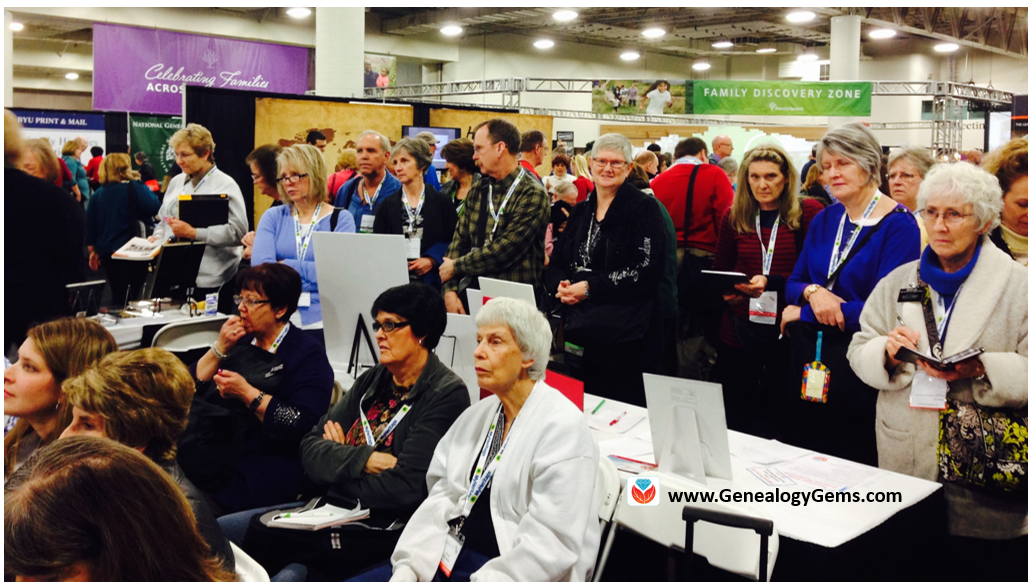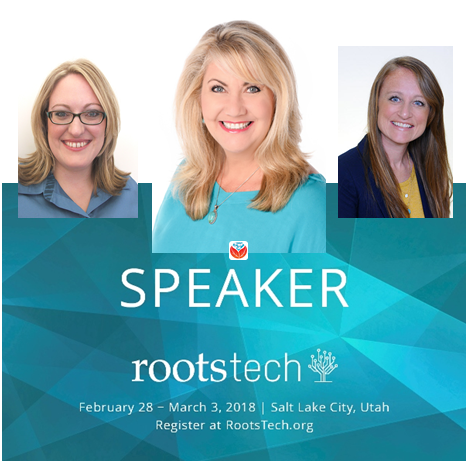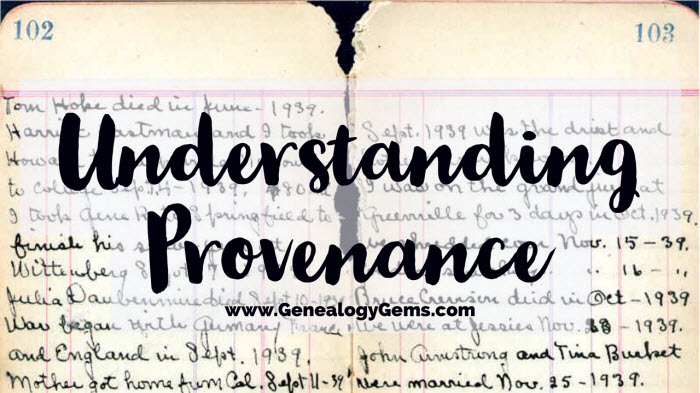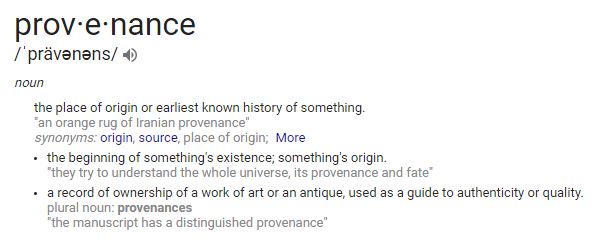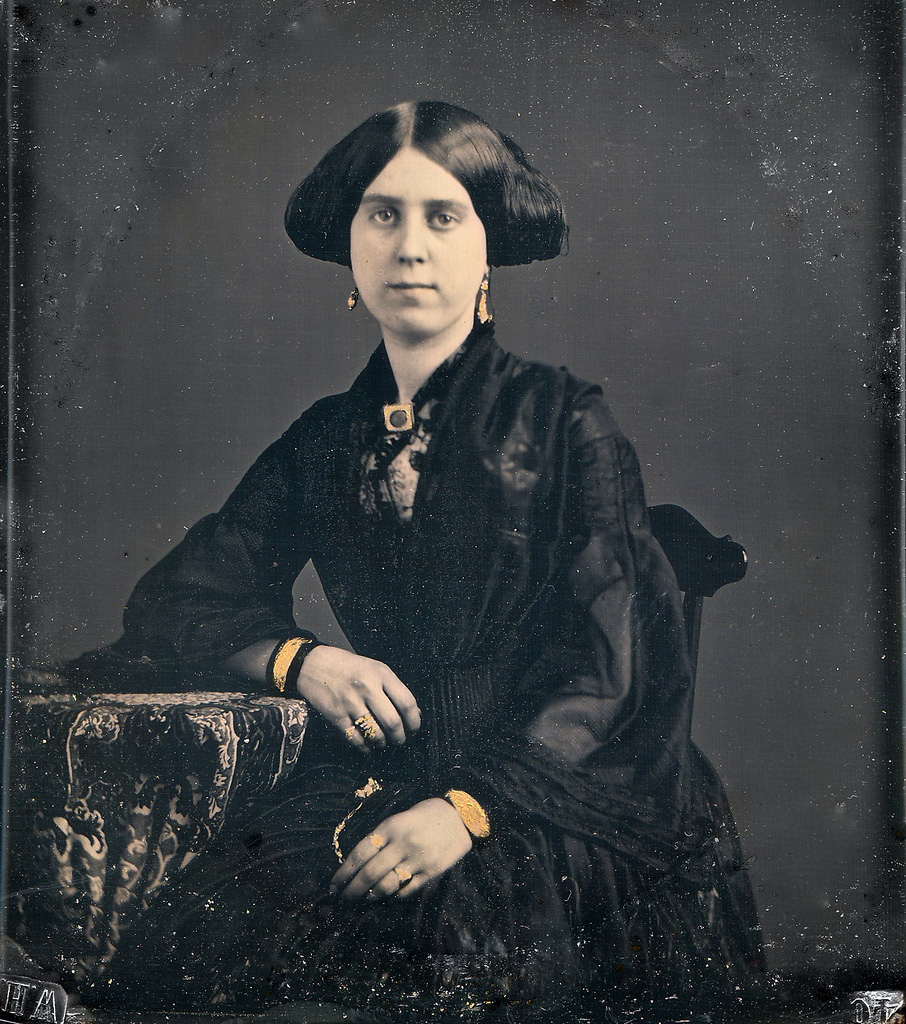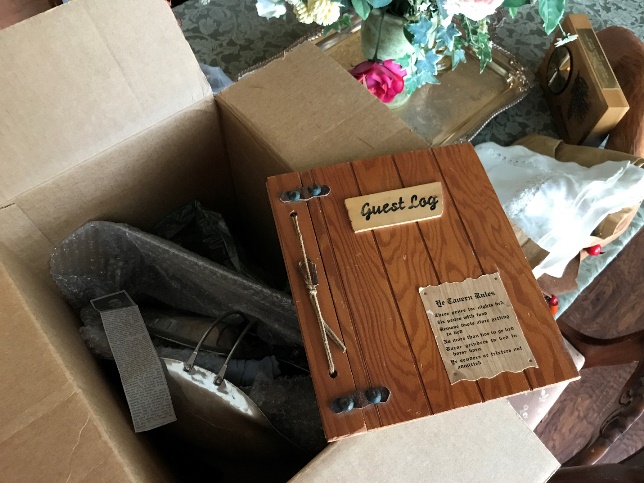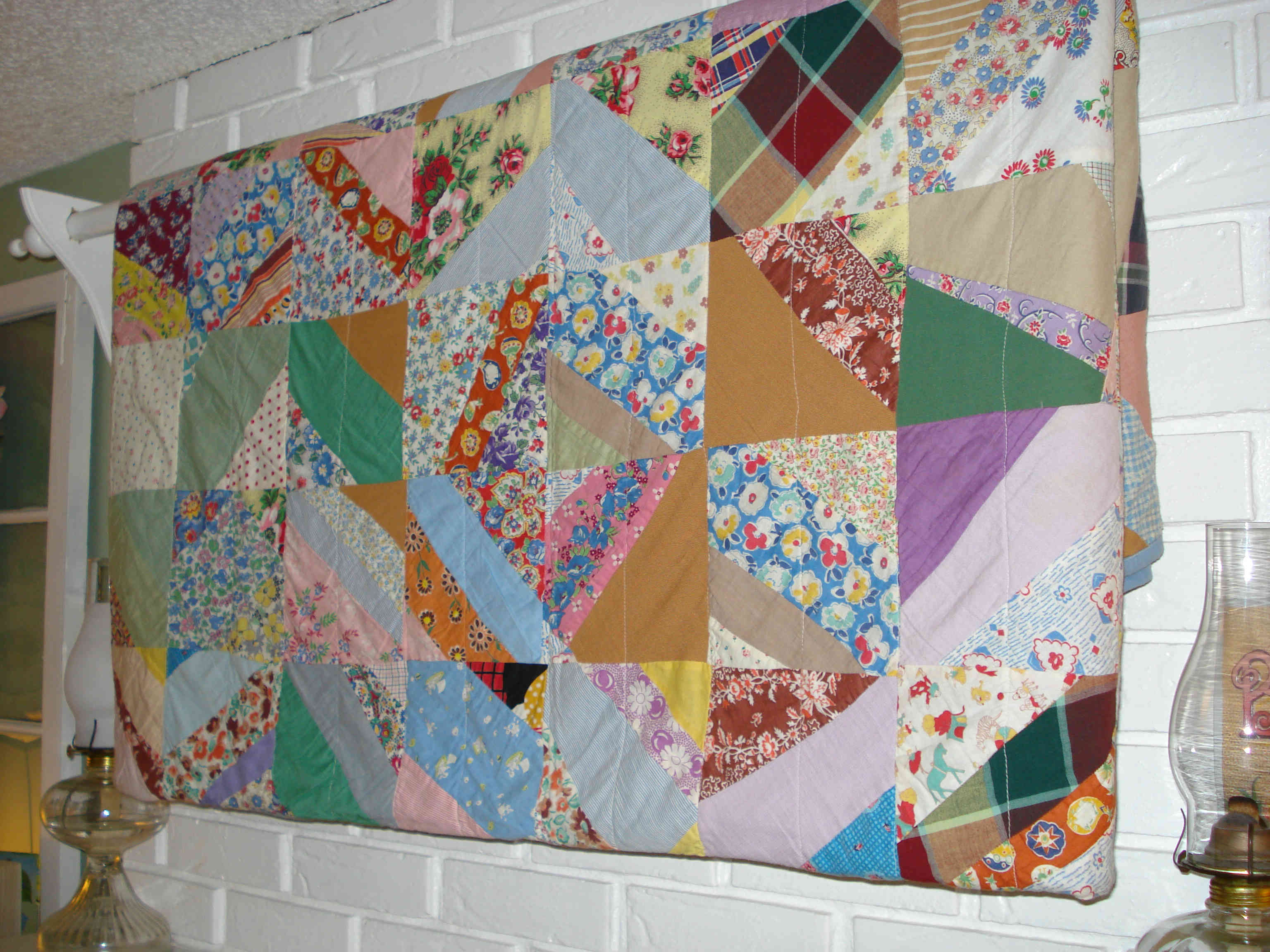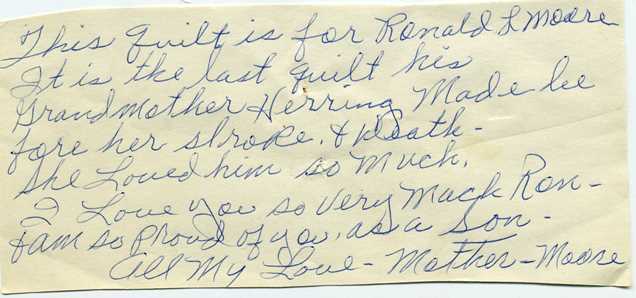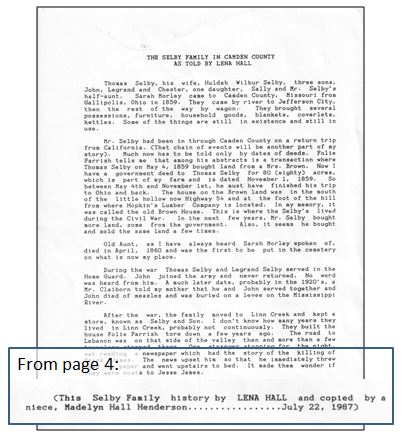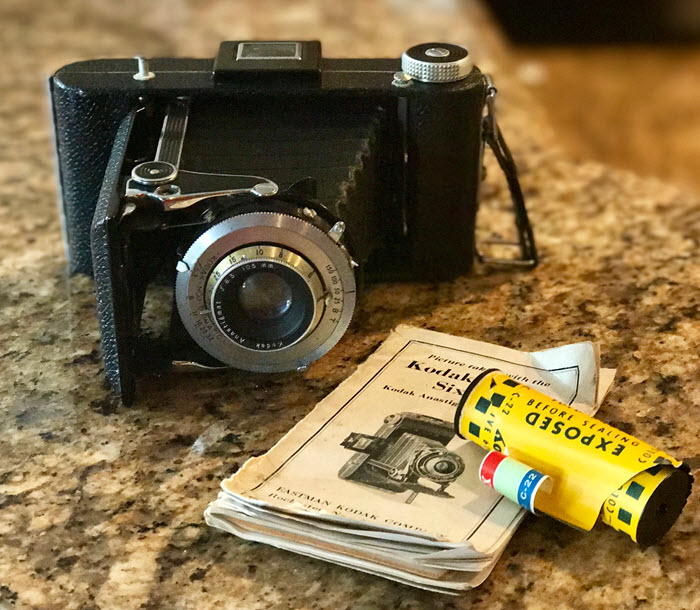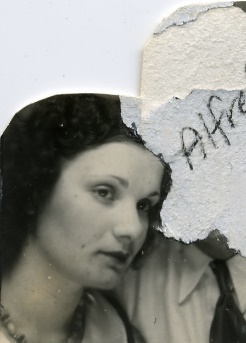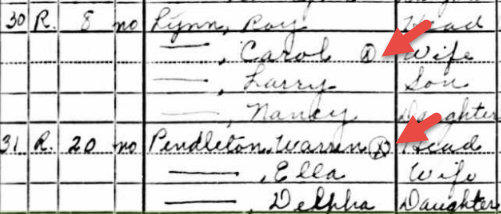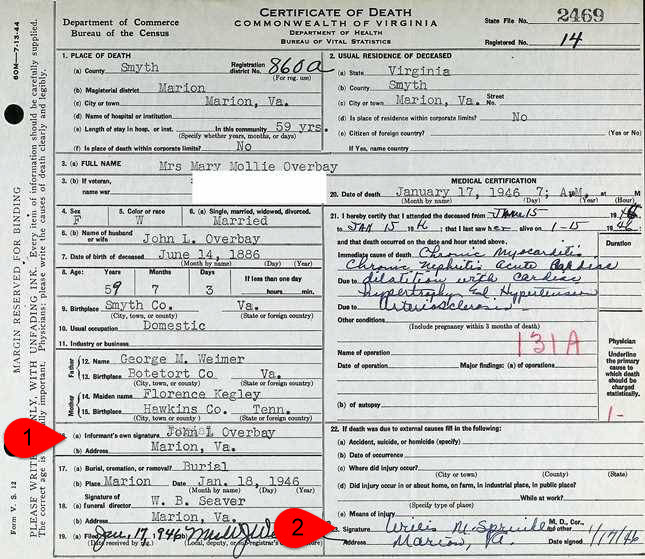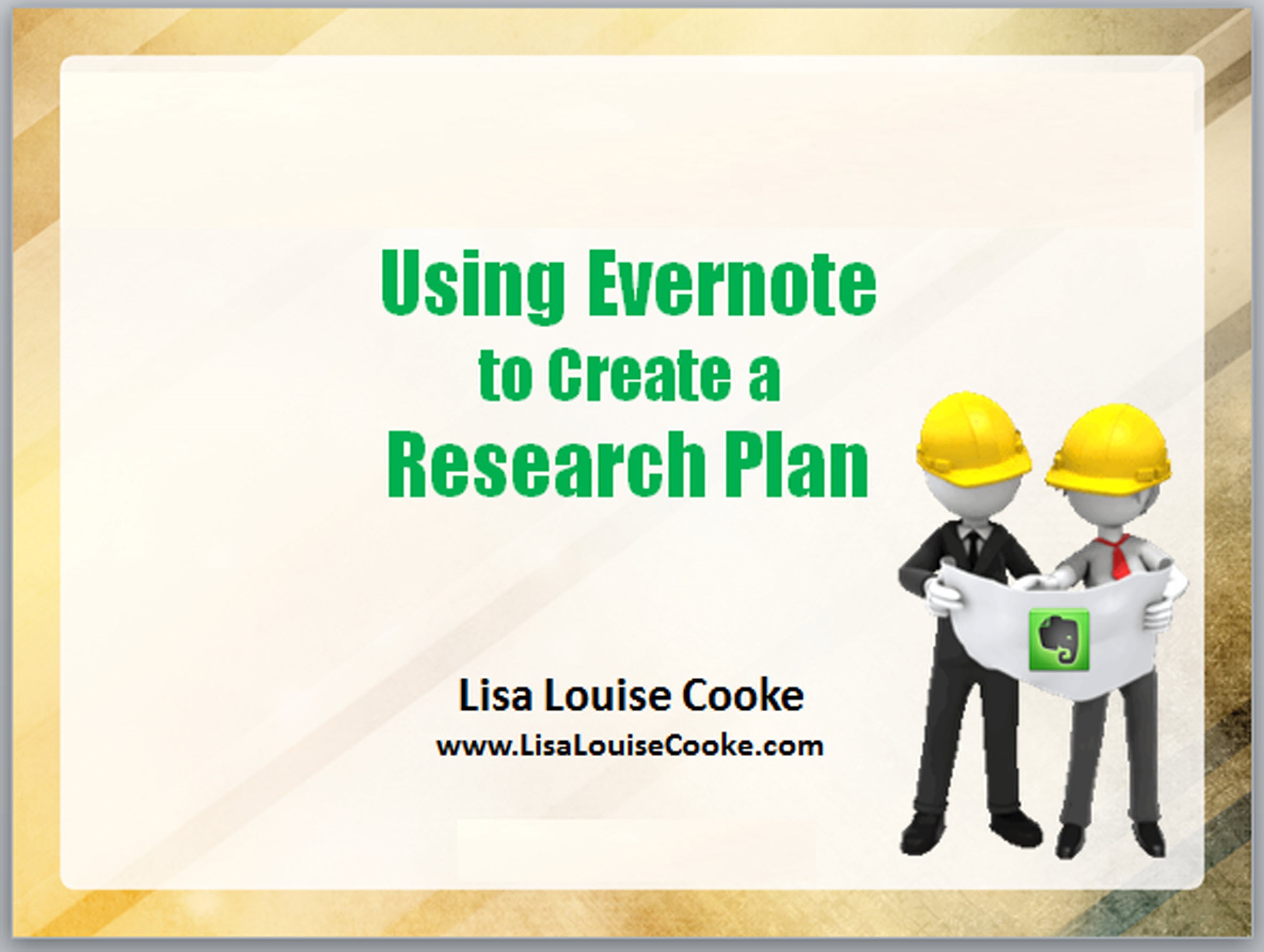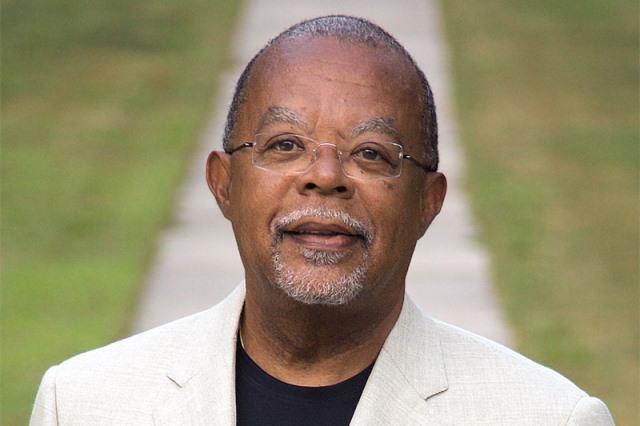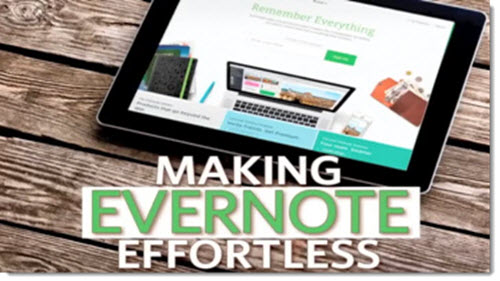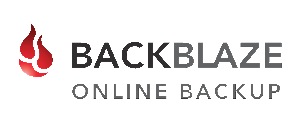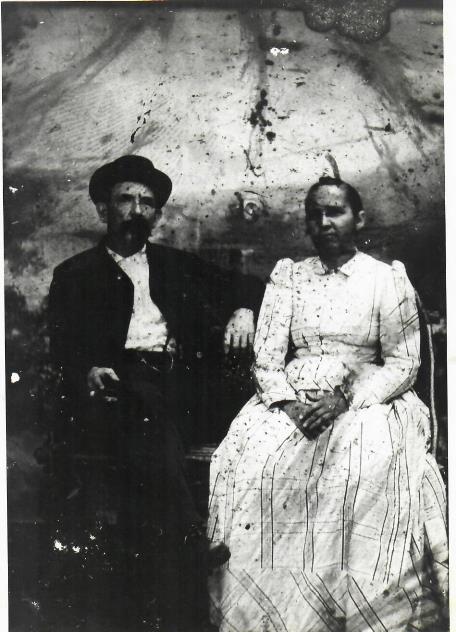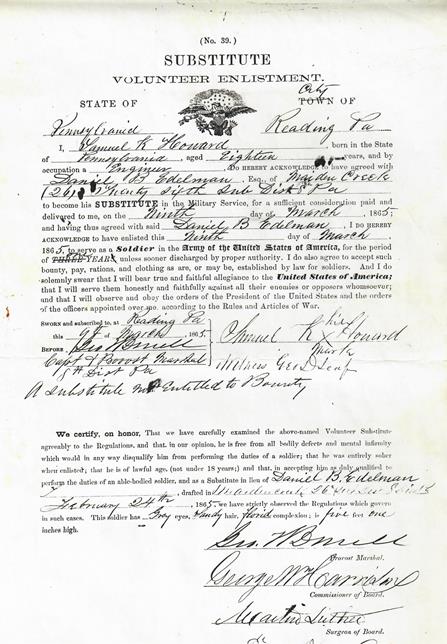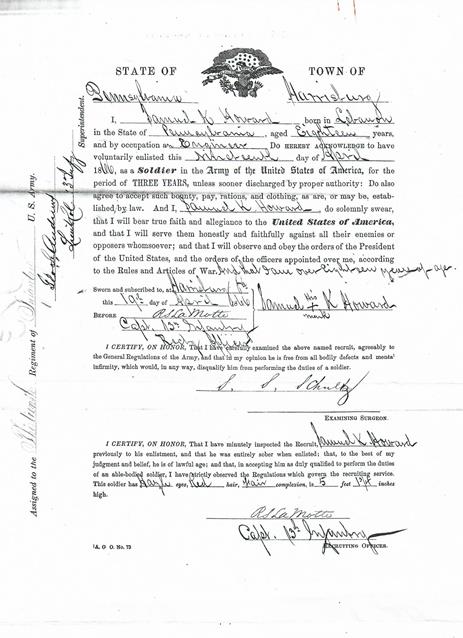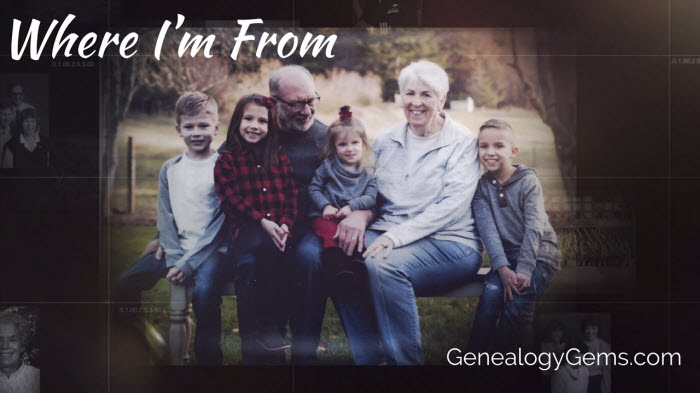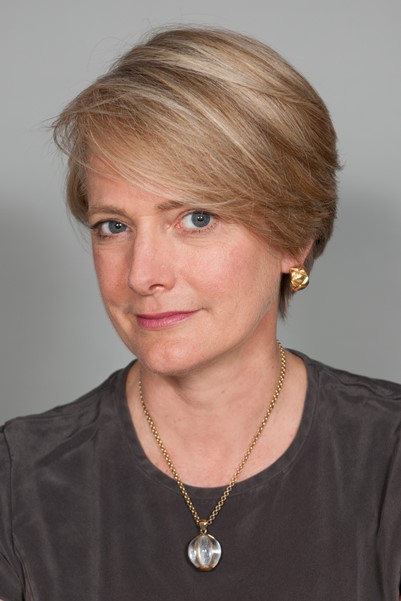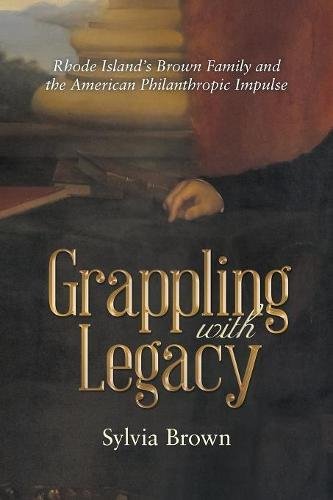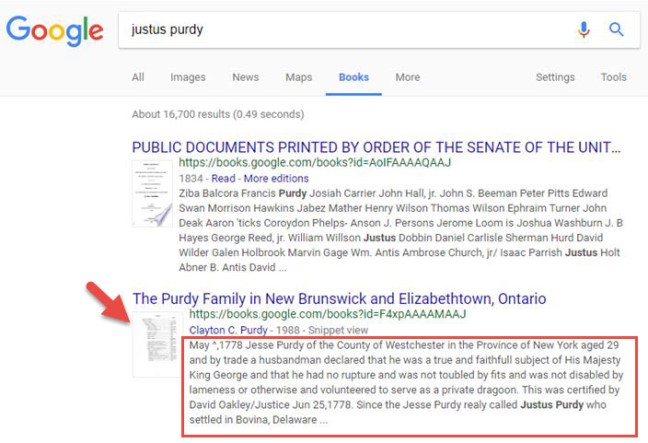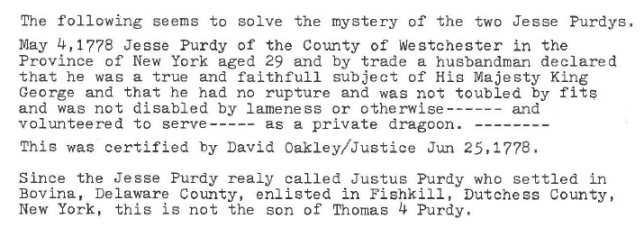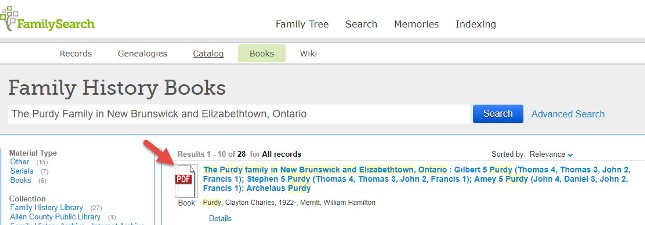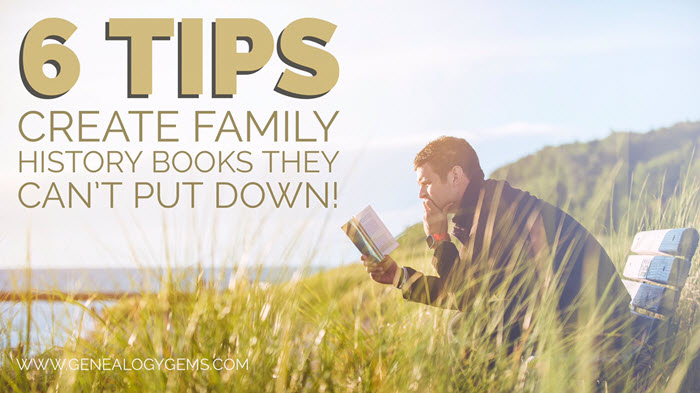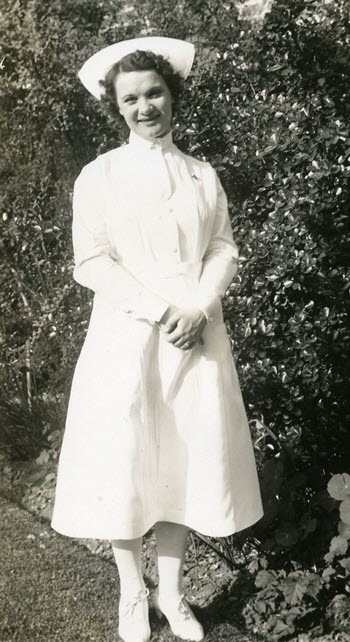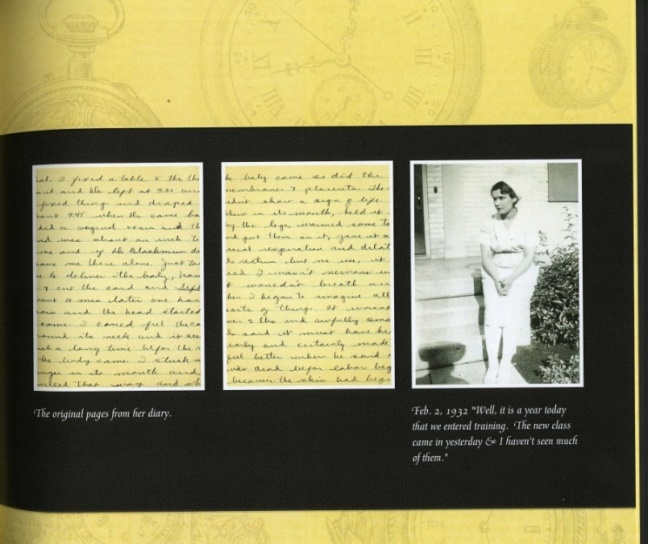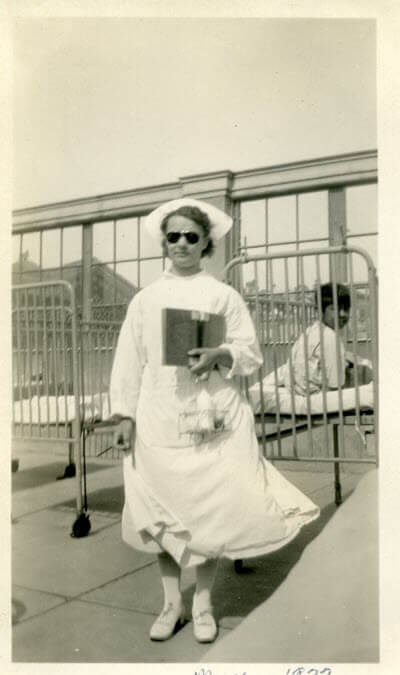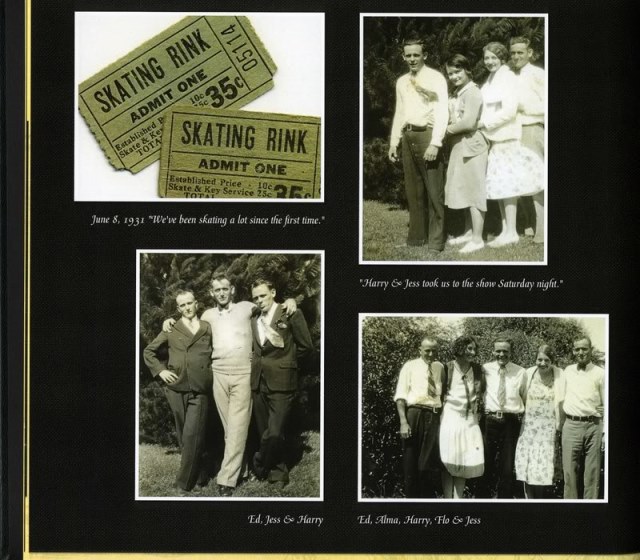RootsTech questions: Tips for attending world’s biggest genealogy event
Your RootsTech questions answered here! Attending RootsTech 2018 in Salt Lake City, Utah for the largest genealogy conference in the world can be a bit overwhelming. First-time attendees have questions and we have answers. Learn what to expect, where to go, and other must-know details to make the most of this extraordinary family history event.
RootsTech questions from a first-time attendee
I recently received some RootsTech questions via Facebook from a Genealogy Gems listener in Melbourne, Australia. Lesley-Anne has decided to make the overseas trip to attend RootsTech 2018 in Salt Lake City, Utah. How exciting–and a little daunting! She says:
Morning Lisa, As a result of the many years of listening [to your podcast], my husband and I have decided to attend the Rootstech conference this year. I am wondering if you can advise this first time-attendee on any tips on how to get the most out of this conference? I have been trying to find a list of keynote and breakout sessions available but haven’t had much luck. I know there are huge numbers that attend the Rootstech conference so would prefer not to be queuing on the day for sessions. I’m hoping there will be pre-booking for the sessions?? Keep up your great work. I don’t know how you do all the work that you do plus be a Nanna, mother and wife and also research your own tree. Kind regards, Lesley-Anne
I’m sure Lesley-Anne and her husband won’t be the only newbies at RootsTech 2018. And they’ll all have similar questions on their minds. Here we answer FAQs for her and other first-time RootsTech attendees.
RootsTech 2018 Answers from Lisa Louise Cooke
What’s happening this year at RootsTech?
RootsTech 2018 offers four jam-packed days of fun and learning: Wednesday, February 28 to Saturday, March 3, 2018. Don’t miss the first day! Wednesday is all about technology. There will be classes for all audiences, whether you’re a tech expert or newbie or (like most people) somewhere in-between. At 4:30 pm, FamilySearch CEO Steve Rockwoodl will give a keynote, followed by a new event called Innovation Showcase. Prepare for a high-tech “show and tell” of what’s new–and what’s coming–in genealogy technology.
As soon as that’s over, the Expo Hall opens (6:00 – 8:00 pm) for a special Preview, and then remains open all week. At the Expo Hall, meet the biggest names in the genealogy industry and hundreds of other vendors, societies, and services. It’s a stunning, not-to-miss experience, whether you love the energy of the crowd, the glamorous displays, or the chance to talk one-on-one with people from your favorite genealogy companies and services.
The Genealogy Gems booth is known for hosting the ultimate Expo Hall experience! We have our own free class lineup all week long from your favorite presenters. We host great giveaways with valuable prizes you can put right to work for your family history. Click here for the latest updates on our classes, book signings and giveaways. And come by our booth to take advantage of RootsTech specials on our most popular products, including the Genealogy Gems Premium membership (our on-demand Premium video lineup is like having a year’s access to your very own private RootsTech event!).
Throughout the rest of the week, you can expect:
- World-class keynote speakers: Olympic figure skater Scott Hamilton; famed scholar and PBS family history documentary host Henry Louis Gates, Jr; “Humans of New York” writer Brandon Stanton and Grammy-winning singer and songwriter Natalia Lafourcade. (Click here to watch a 2017 keynote by LaVar Burton.)
- Over 300 RootsTech classes: Classes at all skill levels are offered on traditional family history research skills, DNA, tech tools for genealogy, photos, stories, organizing and more. (Click here to view a fantastic class you missed from 2017: Genealogy Gems Contributing Editor Sunny Morton’s “Genealogy Giants” class comparing Ancestry.com, FamilySearch, Findmypast.com and MyHeritage.
- Free things to do at night, from dazzling entertainment sponsored by RootsTech to late-night research sessions at the Family History Library—the world’s biggest genealogy library is just down the street. (On Wednesday, Thursday and Friday during RootsTech, the library will stay open until 9:00 pm.)
What are the RootsTech 2018 registration details?
You have lots of registration options–from a free Family Discovery Day experience on Saturday to a budget-friendly “Getting Started” four-day pass ($69 promotional price) to the full RootsTech Pass ($199). Click here for a description of all your options.
How do I get the most out of my RootsTech experience?
Best tip from a conference veteran: plan ahead! If you haven’t made your hotel reservation yet, do it right away. The official RootsTech hotels have all sold out, so you’ll need to look a little further afield. Salt Lake City offers excellent public transportation to the downtown RootsTech location at the Salt Palace.
The Salt Palace does have a concession area with several affordable meal options. There are also a few small vendors with sandwiches, coffee, and candy, just outside the hall. You might also like to know that there are several nice restaurants just across the street or within minimal walking distance. The lines are a bit long at times; consider eating a little early or late, so you’re not caught in a “rush hour” for your meal.
Once your basic needs are met, plan your genealogy learning and fun! An online master schedule makes it easy to browse all the official RootsTech sessions and plan the ones you most want to attend. Classes are typically one hour, with a 30-minute break in-between. Don’t forget to include the Genealogy Gems Expo Hall classes in your lineup. An important tip for newbies: at some point, your brain will need a little rest from all the learning. Give yourself breaks to walk around the Expo Hall and visit with new friends you meet.
What about pre-registering for classes?
Lesley-Anne asked about pre-registering for specific classes to avoid long lines and disappointment for filled-up sessions. You must pre-register for any labs you want to take when you register for RootsTech. These are smaller, hands-on classes. If this is your first year, I think you will be more than busy (and happy) with all the sessions included in the regular registration and the exhibit hall. Personally, I would save the extra cost of labs for a return visit. One exception: I definitely recommend Diahan Southard’s lab: “From Click to DNA Connection” (Fri 1:30 pm, taught with Angie Bush).
Unfortunately, you can’t pre-register for the general sessions (keynotes) or regular classes. Seating is first-come, first-served. Classes that are expected to have high demand generally have hundreds of seats available. But if there’s a class or presenter you must see, get to the classroom as early as possible, go right to a seat and stay in it. Since some classes will fill up, have a back-up plan for each hour.
Another helpful tip when deciding what to do: you will receive a digital syllabus with your RootsTech registration. It has all the handouts for the classes that are part of your registration package. So even if the class you want is full—or you’re ready to take a break and tour the Expo Hall—you can still learn from RootsTech presenters. You may wish to print your desired class handouts before coming so that you can take notes on them. Come by the Genealogy Gems booth (#1203) to get the handouts for all our lectures, too!
As Lesley-Anne mentioned, the RootsTech venue is huge. It’s easy to get lost. They do post tons of signs. As the event draws nearer, we will post a map of the Expo Hall to help you navigate to your favorite vendors and societies. Additionally, you will have a map provided to you when you pick up your things at registration.
We hope this has given Lesley-Anne (and you) a better picture of what it will be like to attend RootsTech 2018. It really is an amazing experience! For even more information about RootsTech, view their website and our Genealogy Gems RootsTech page. While you wait, here’s a link to several video interviews I have done over the years at RootsTech. See you there, friends!

About the Author
Lisa Louise Cooke is the Producer and Host of the Genealogy Gems Podcast, an online genealogy audio show and app. She is the author of the books The Genealogist’s Google Toolbox, Mobile Genealogy, How to Find Your Family History in Newspapers, and the Google Earth for Genealogy video series, an international keynote speaker, and producer of the Family Tree Magazine Podcast.

